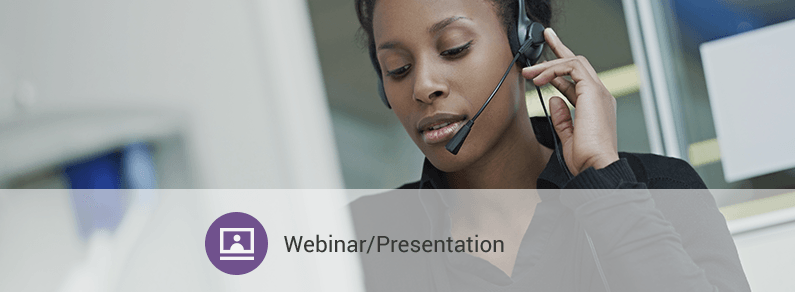The Zero Suicide framework is based on the foundational belief that gaps in suicide care exist in sometimes fragmented and distracted health and behavioral health (HBH) systems. One population at risk for falling through these cracks is homeless individuals due to a lack of residential stability and the challenges for providers of ensuring successful transitions in care. Rates of suicide deaths among homeless individuals are approximately nine times higher than the general population (Poon et al, 2017). Findings from the most recent Annual Homelessness Assessment Report to Congress indicate that for every 10,000 people in the United States, 17 of them were experiencing homelessness (U.S. Department of Housing and Urban Development, 2017a). Significantly, 49% met the criteria for a severe mental illness and/or a chronic substance use disorder. Based on Healthcare Cost and Utilization Project (HCUP) data from 8 states, among the approximately 59,000 homeless patients who visited and were released from the ED, about 17% received care related to suicide or intentional self-inflicted injury (Sun, Karaca, & Wong (AHRQ), 2014). In a Zero Suicide approach, HBH providers should have practices in place that keep all patients at increased risk for suicide engaged in treatment, including attending to hard-to-reach populations such as homeless patients. During this webinar, presenters will share innovative and thoughtful ways they have successfully improved patient engagement and optimized safe care transitions for homeless individuals through their organizational policies and practices.
By the end of this webinar, participants will be able to (1) identify commonly experienced challenges in providing suicide care to homeless patients, (2) describe unique suicide screening, risk assessment, and safety planning considerations for this population, and (3) demonstrate how HBH organizations can establish meaningful partnerships with community organizations to augment safer suicide care practices for patients experiencing homelessness.

